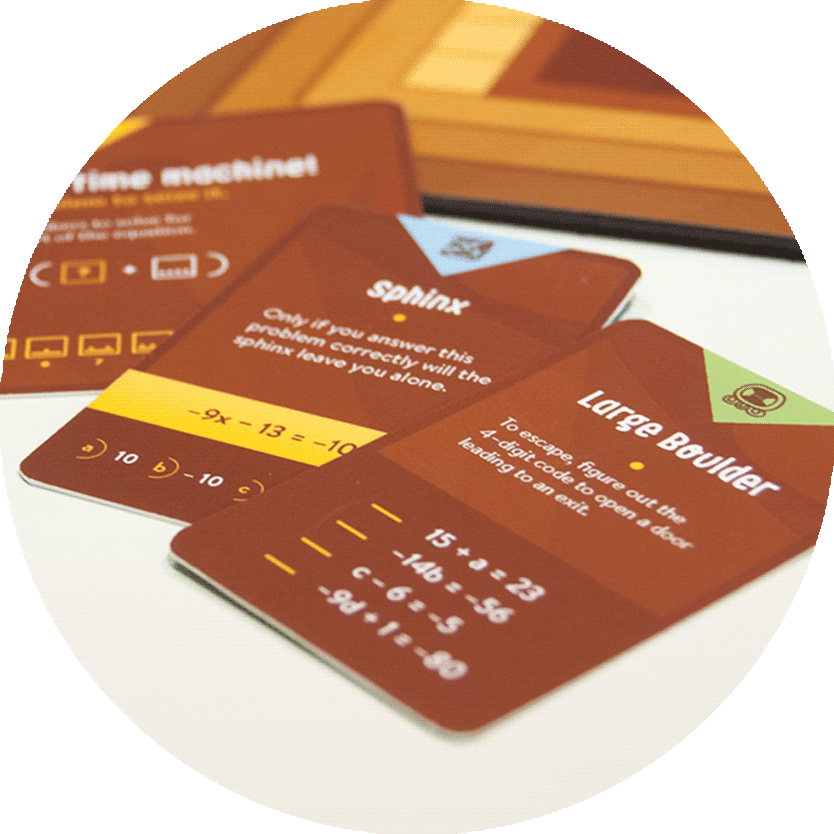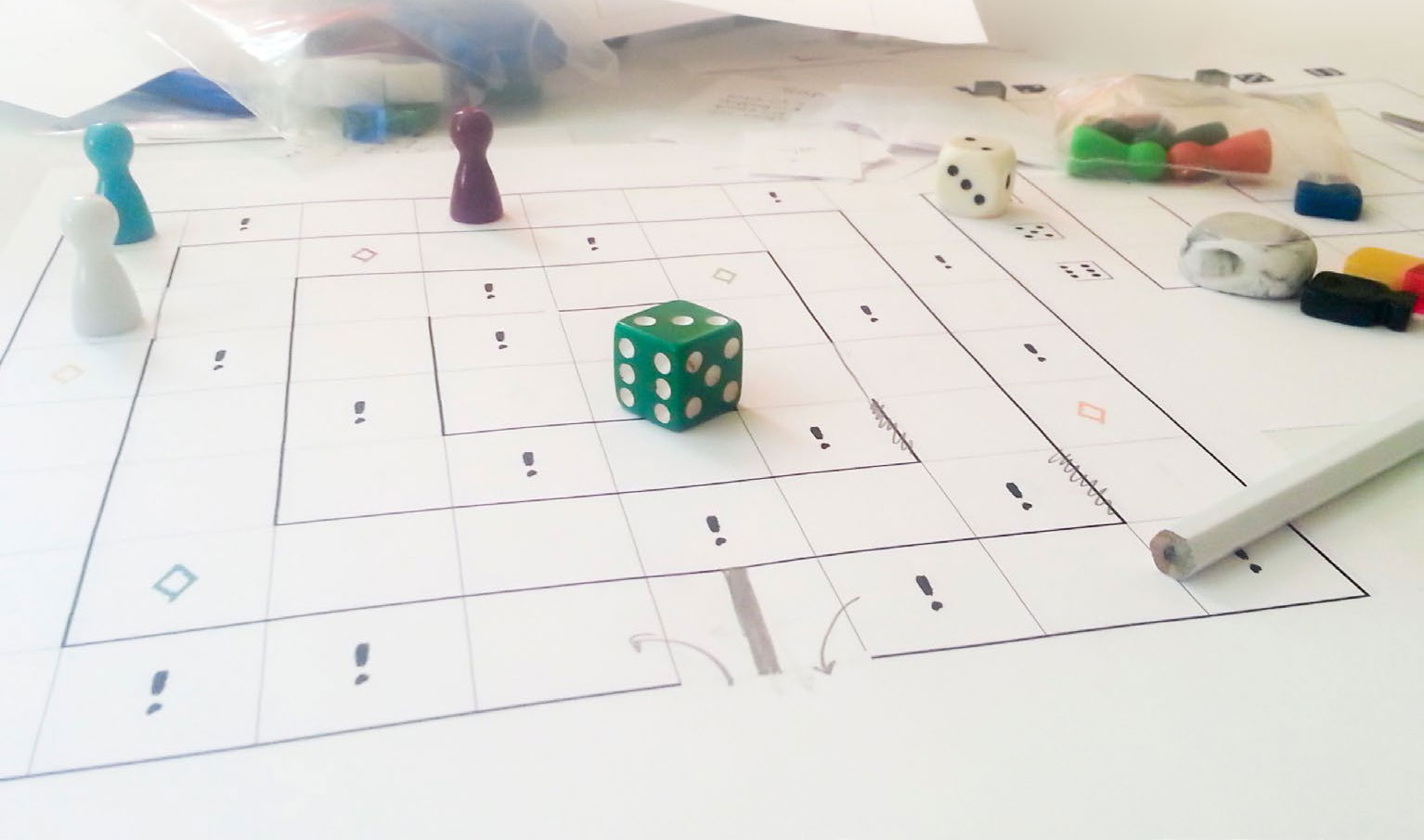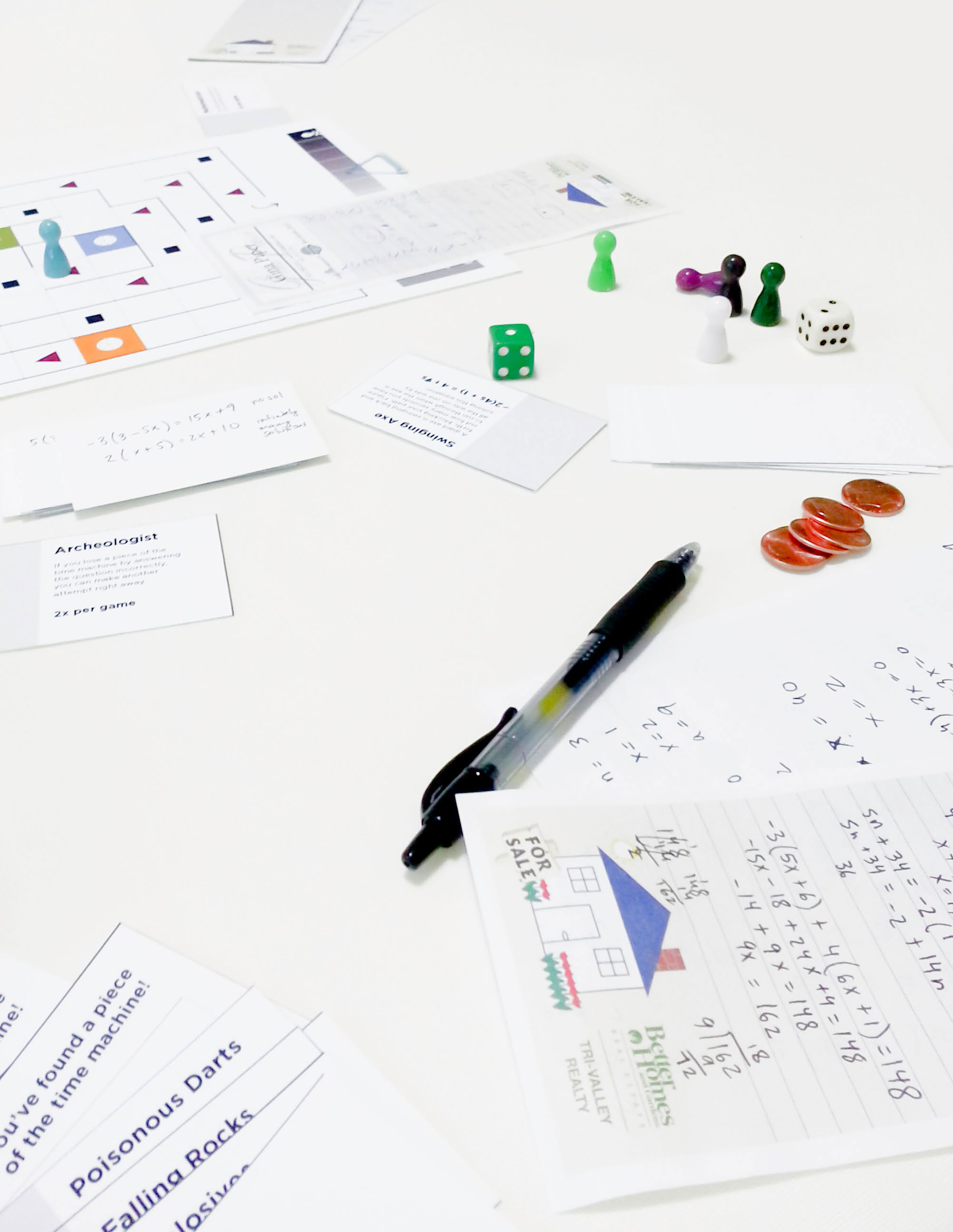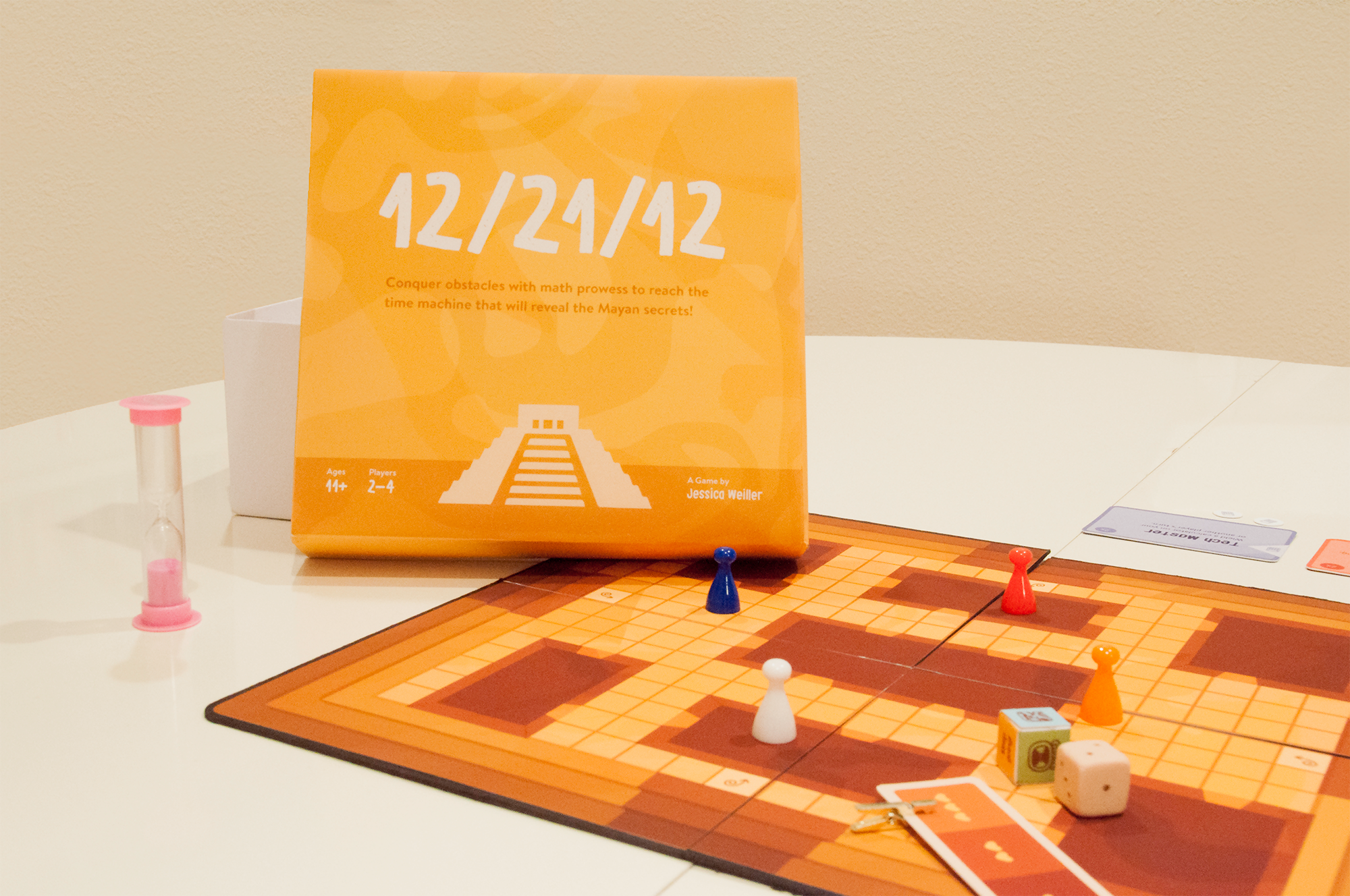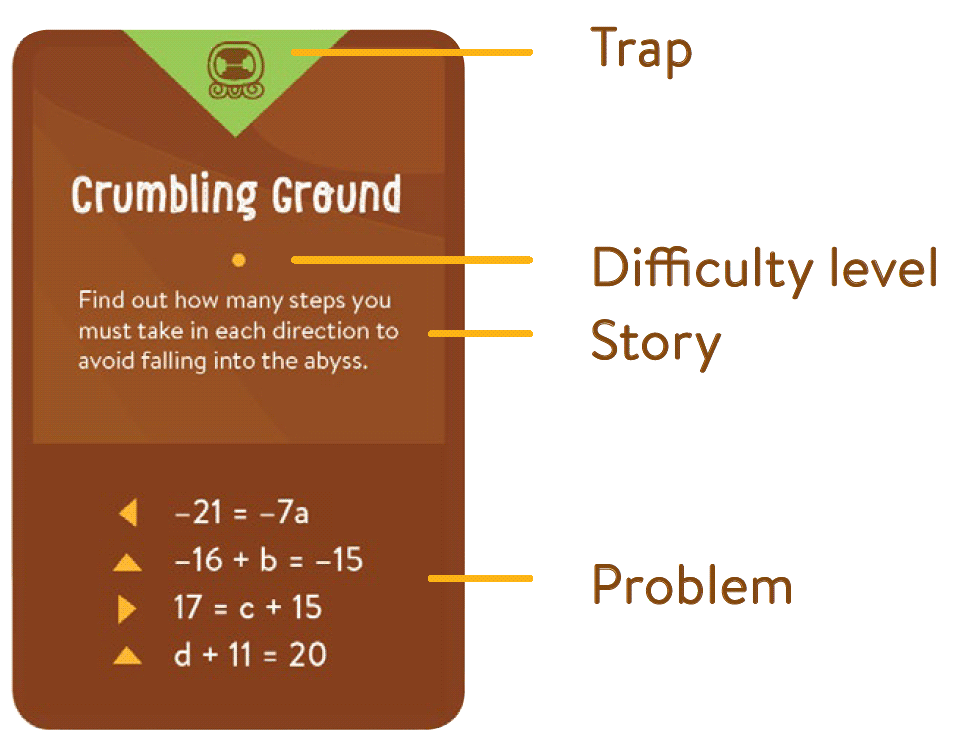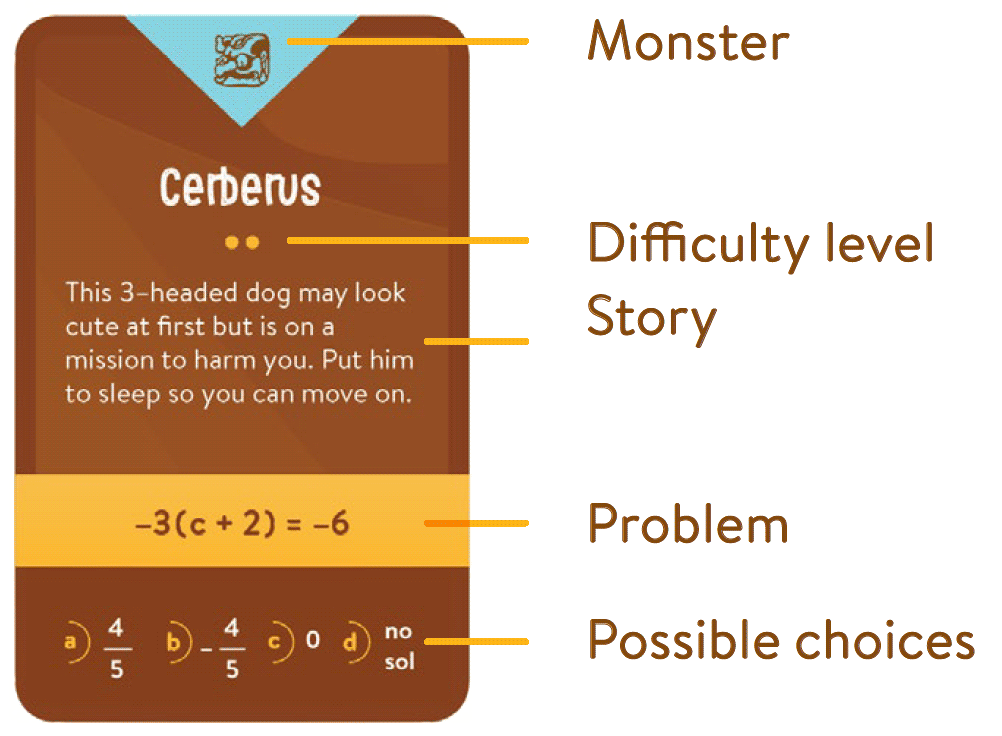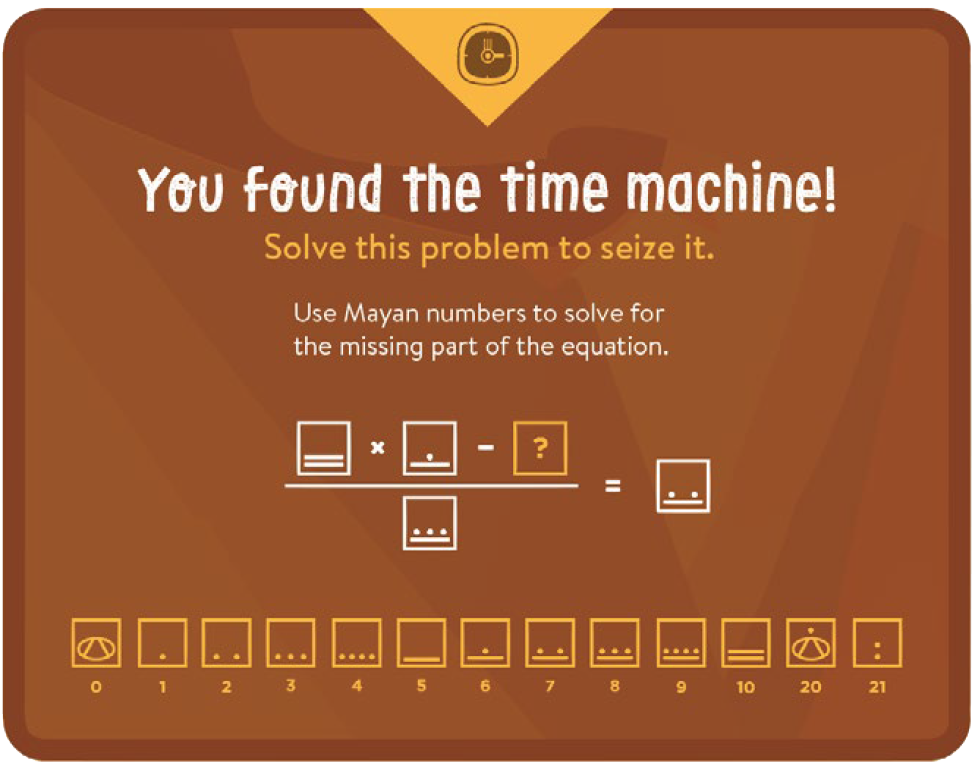Classroom Observations
Ms. Angel’s Pre–Algebra Class
By observing Ms. Angel’s class I was able to notice that students respond well to number talks. A Number Talk is a classroom discussion about a specific topic that encourages everyone to freely pitch in their ideas and what they know. The teacher writes down everything students say and discusses why it makes sense or does not make sense. This method encourages students to think of a topic in multiple ways.
Ms. Weiller’s Informal Algebra Class
By walking around the classroom, I was able to observe some of the things that students struggle the most on. Many students forgot how to deal with fractions and the need for a common denominator. Negative numbers also caused them to make mistakes. Some students also went about solving an equation in the wrong order—for example multiplying instead of substracting something first. Another common problem is students not reading instructions properly. If instructions are too long, the students will skip it and try to figure out what they need to do without reading instructions.
After observing the class, I was able to have a discussion with Ms. Weiller and she told me that students are good at solving equations by following specific steps. However, when a problem is slightly different, it seems brand new and the student gives up trying to solve it. The most difficult task for a teacher is to find a way to get students to think outside the box and think critically.
Interviews
Mark Felton, Education & Psychology Professor
We talked about topics such as motivation in a school setting as well as how specific praise can make a much deeper impact than generic praise. We also discussed how math problems can be more engaging depending on how they are presented.
Cheryl Roddick, Advisor Math Education
Dr. Roddick opened my eyes about the Singapore Bar Model, which provides a visual approach to solving algebraic problems.
Stephanie Coopman, Gaming in Everyday Life Professor
I received great insight about how games are beneficial for keeping people motivated and improving. Dr. Coopman also recommended various resources that I looked into, including the book “Reality is Broken” by Jane McGonigal, which I ended up reading.
Susan McClory, Algebra Remediation at SJSU
Mrs. McClory told me all about the math remediation program at SJSU and how it has evolved over the years. She kindly gave me data about student pass rate of remedial algebra classes over the last few years.
Susan Snycerski, Psychology Professor
Dr. Snycerski introduced me to topics such as Piaget’s stages and Hebb’s law to look into. We also talked about reward systems and the impact humor can have in a classroom setting.
Rebecca Vincent, Substitute
We talked extensively about classroom management and adapting to new student groups. Ms. Vincent also shared her opinions about Common Core.
Reading
Teaching Methodologies
Flipped Classroom
Montessori
Visualization
Managed Use of Technology
Active Learning
Student-Driven Learning
“Reality is Broken” by Jane McGonigal
I learned that kids are already used to being engaged in video games and that they become more motivated when aspects of their lives are gamified. Staying optimistic in the face of failure is an important emotional strength that we can learn in games and apply in our real lives. A game needs a clear goal and actionable next steps. Cooperative gameplay lifts our mood longer, strengthens friendships, makes us more likely to help someone in real life.

